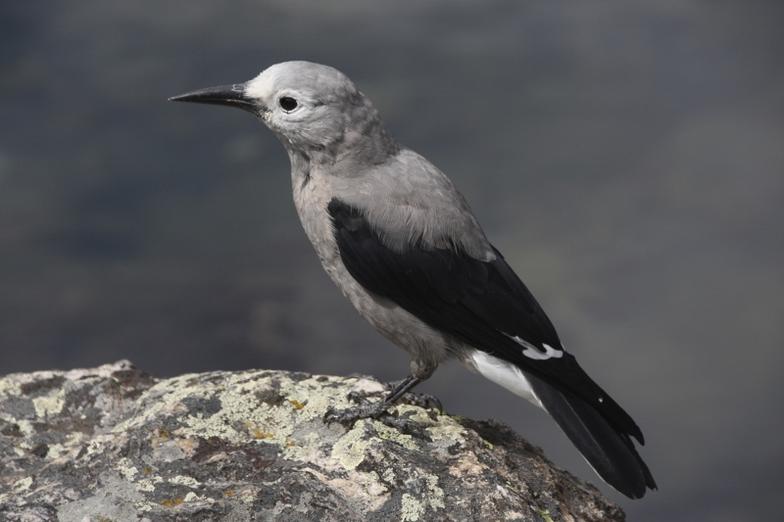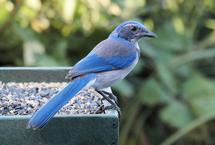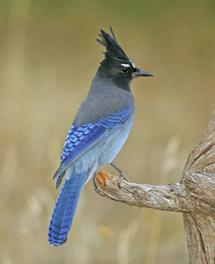saveourplanetearth.com
Call us: (775) 831-1331
Clark's Nutcracker, Steller's Jay, Scrub Jay
While it’s still possible that we will have some winter weather this month, and the next and the next, the birds are most definitely making the sounds of Spring. Last week I encountered on my morning walk what I call a “Steller’s Jay Conference”, which consists of a dozen or more birds, gathered in a condensed cluster, squawking.
I tried to find an explanation of why they do this but could not find one so I shall postulate that they are simply having fun in the company of their own kind.
They are very common around the lake and it’s easy to take them for granted but they are interesting birds, even though they have a reputation for being aggressive, which I think is somewhat undeserved. I have Steller’s jays at my feeders winter and summer, dining alongside the smaller song birds and I have never witnessed aggressive behavior from the jays.
That said, they will eat other birds’ nestlings and do rob nests and eat the eggs; they also eat small reptiles and rodents. Their diet consists of roughly 1/3 animal matter and 2/3 plant matter such as seeds, nuts, berries and other fruits.
They are noisy, inquisitive and intelligent birds. They wait for me every morning to bring out the peanuts and in the summer, will begin squawking loudly outside of my window if I dare sleep in.
In the days when I was married, my husband was the Peanut Guy. One morning, I convinced him to come on the walk with me. We were out on the trail and there were jays following us, high up in the trees, squawking. I finally asked him if he had put out the peanuts before we left and he hadn’t! They were scolding him for their peanuts!
They are fiercely protective of their young. I have seen them “attack” a cat, who was wandering too close to babies on the ground. The cat fled and the babies were saved.
This particular morning last week, joining in the Steller’s Jay Conference, was another bird in the same family – Corvidae – the Clark’s nutcracker. Slightly larger than the jay at 12-13” long (to the jay’s 11”), this bird is striking and unmistakable. He’s ash grey, with black bill, eyes and feet; black on his wings and white underneath.
This is also an intelligent bird – he will bury tens of thousands of seeds in a season, many more than what he needs, and remember where most of them are, even buried under the snow! In this way, the bird perpetuates his own habitat, sowing the seeds of trees, from which his distant descendants will later benefit. His most important food source is the seeds of pine trees.
He’s a squawker like the jay, a raucous sound I love to hear, and they are often in the company of the Steller’s jays.
The first time I ever saw a Clark’s nutcracker was several years ago around Christmas. I had put peanuts out for the jays and was reading in the sun, not really paying attention to the birds. But I heard an odd sound which was the wings of the Clark’s nutcracker as he took off with a peanut. He came back again and again, and I learned to recognize the sound of his wings.
Another bird in the Corvidae family is the Western scrub jay, which is about the same size as the Steller’s jay. He’s lighter blue than the Steller’s and lacks the crest. His blue is mixed with a smoky grey and he has light underparts. He caches food like the Clark’s, even stealing food from the caches of others.
This bird is also highly intelligent. He’s careful hiding his food, making sure other birds or squirrels aren’t watching. They have exhibited the ability to plan for the future. Studies have shown that they can remember the location of over 200 food caches, even what is in the cache and its rate of decay.
These birds will also summon other jays to screech over the dead body of another jay. This “funeral” can last as long as 30 minutes, which might just have answered my question of what a Steller’s Jay Conference is really about!
Clark's Nutcracker
Thinkstock.com #453721263
Steller's Jay
123rf.com #17079349
Scrub Jay
123rf.com #15415344
Photographer: Steve Byland





